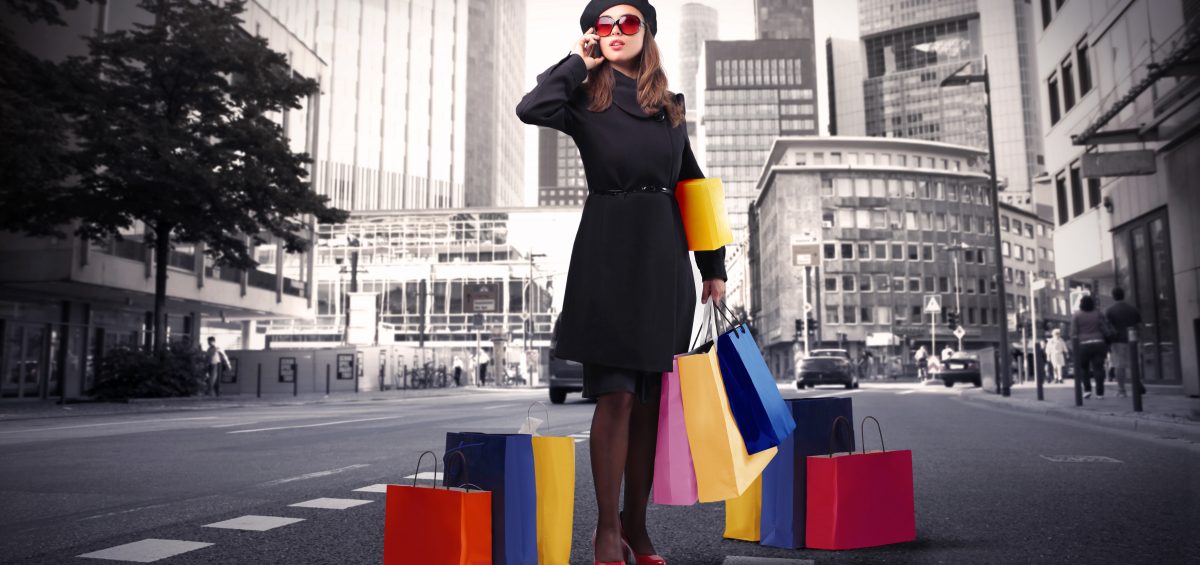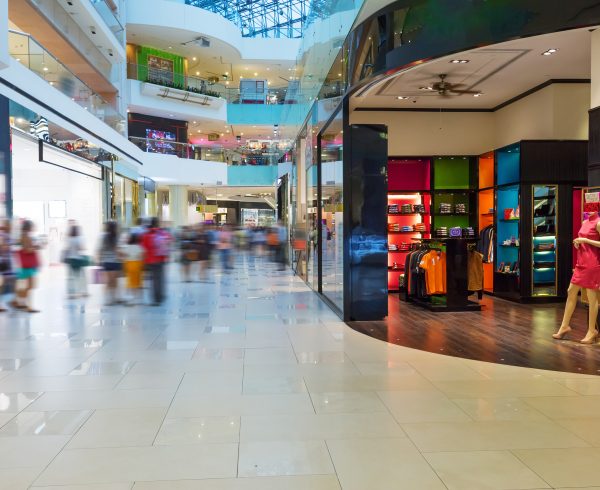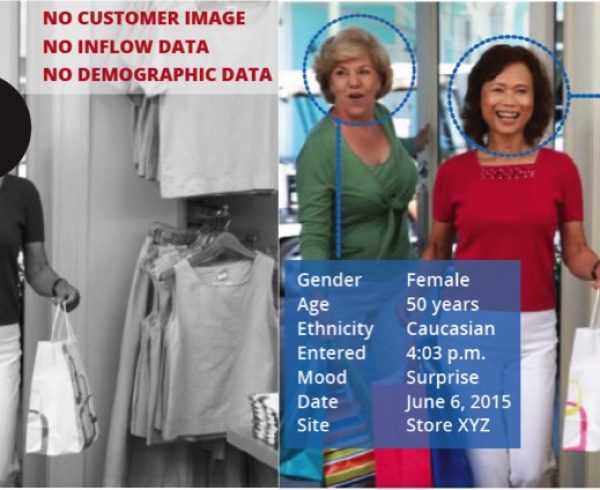As retail changes, what can retailers do to thrive?
In the internet age, many industries have fallen by the wayside, while many others are being changed rapidly. The taxi industry, for example, is being forced to evolve due to the advent of the rideshare industry. One of the most rapidly changing industries is the retail industry. With the advent of e-Commerce, retail has seen a steep decline in their total sales over the past decade. The big question is: how will retailers survive?
How serious is the problem now?
91.9% of shoppers still prefer going to brick-and-mortar stores to purchasing goods online, according to a recent study. There can be any number of reasons for this. Primarily, a customer has the ability to physically see and touch their desired products. Secondly, it is almost impossible to get recommendations for items while purchasing items online. Finally, online comparisons for similar items do not hold the same impact as being in a store and seeing a product that another consumer has decided to buy.
How serious will this problem be for retailers?
Estimates state that by 2020, online sales will reach $523 billion. This staggering number leaves us wondering what brick-and-mortar retailers can do to improve their revenue. Many of them are now setting themselves apart through experiential buying. For example, Apple has turned the process of going into a store and purchasing an item into a personalized experience. A customer does not simply enter an Apple store, buy an item and leave. The sales team greet the customers, take care of them personally, and the customers are influenced to buy what they are looking for, in addition to giving them a deeper understanding of their new product. One such retailer that is looking to change the nature of purchasing through experiential retail is With Me. With Me has created a very interesting business model by which they partner with established brands to create mobile pop-up shops. Additionally, the shops are very hi-tech, and give their customers a buying experience quite unlike any other.
Another aspect of purchasing that e-Commerce has not managed to offer is that retailers allow customers to obtain their goods at an earlier time. Amazon Now exists in some cities, offering delivery within one hour, and they soon hope to have a competitive advantage by offering drone delivery. Currently, it is unknown whether or not drone delivery will cost more for a customer than their standard shipping. If it were to be less cost effective, retailers might still manage to hold a slight advantage in this aspect.
What is the solution?
There is no doubt that the one thing retailers need to increase their profitability in their changing and challenging environment is analytic solutions. Determining what their foot traffic is, in addition to understanding their demographics will help achieve that goal. To that end, retailers can get in touch with companies like CountBOX to give them analytics solutions that will redefine their success.




